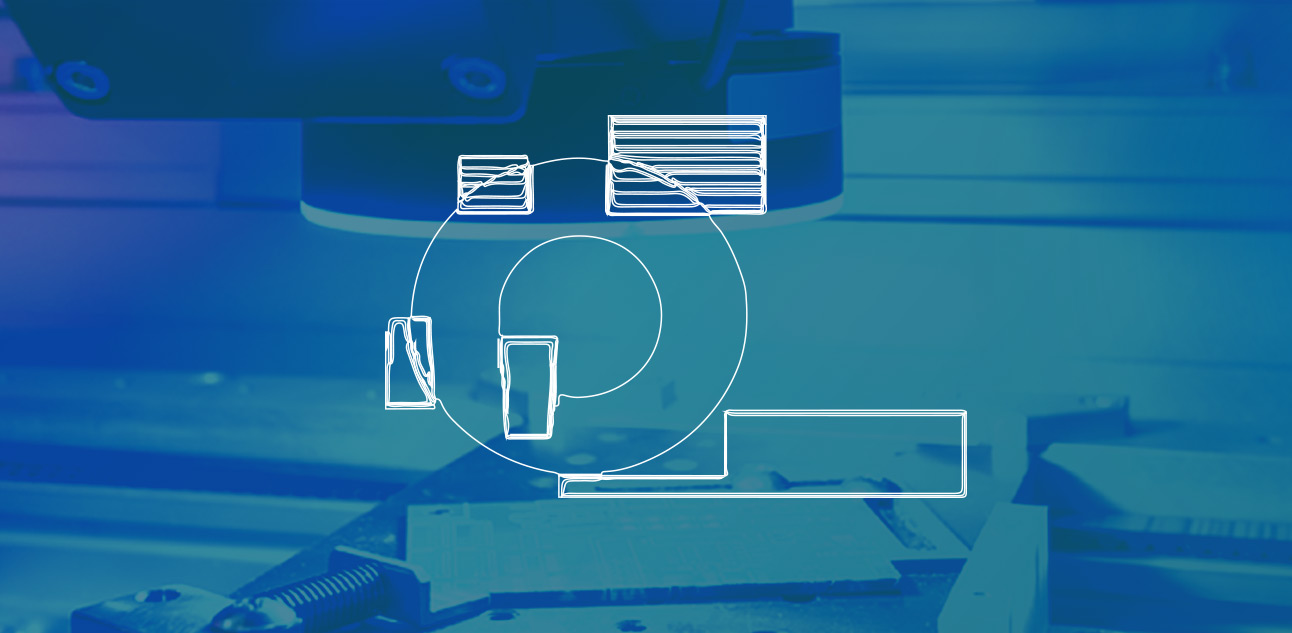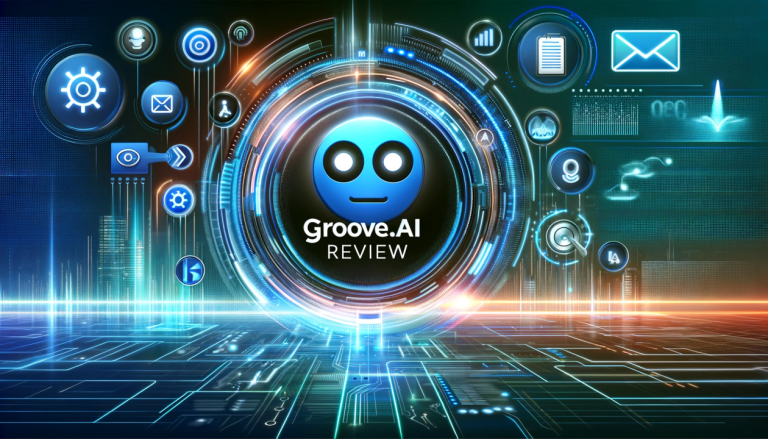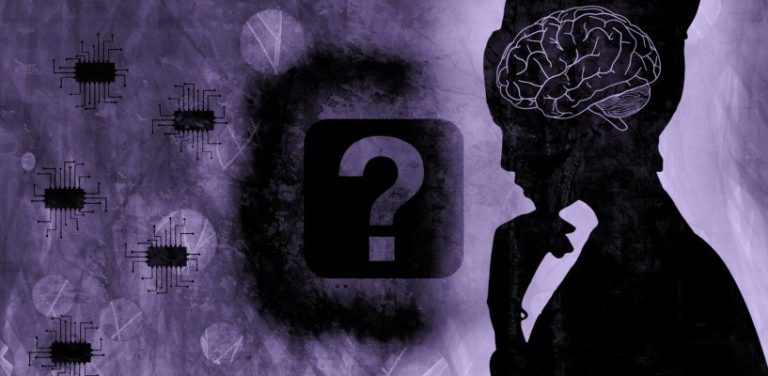The machine vision system is a device which detects any activity and used in the robots for inspecting and identifying an object with the help of the network. They are mostly used in automated robots for the examination process. This system is known as artificial vision. They have certain components such as a digital workstation, camera and interface hardware and software. The production design of human-like humanoids is defined by the utilisation they are meant to. They use vision cameras to manage the complex task and to obtain the aspired activity performed. Several types of cameras used are IR cameras, depth cameras, RGB cameras and LIDAR scanners.
You can refer the following link https://www.sipotek.net/custom-design/ to know more about robotic applications in machine vision technology.

The use of machine vision for robotic offers manufacturing services opportunities but also creates complicated safety design requests. It is implemented to a device that runs with low latency and high repeatability. Custom design visual inspection machines must deal with significant industries issues like texture-less exteriors and flash conditions. Hence, efficient robotic guidance uses machine vision techniques and sensors such as time of flight, light coding, laser triangulation, photogrammetric and stereo vision.
To determine the ideal machine vision technique to apply, consider the following techniques:
- Series of sensor
- Precise resolution
- Lightweight
- Processing time
- Safety issues
- Scanning environment
- Hardware and software integration
- Budget
Some of the robotic applications:
- Robots in Industry: Manufacturers use tool vision algorithms to determine and design elements and check operations like welding. They are created in a multi-arm engine, where each arm is a multi-joint arrangement which allows complicated operations.
- Robots in agriculture: They assist in growing crops. Robots deliver field related task and have the design of a mobile platform and use navigation algorithms in enhancement to crop-specific programs. Sorting and grading need stationary robots. Machine vision algorithms manage to locate and grading tasks. Warehouse robots can be used for shipping containers. Emerging applicability of robots in cultivation includes weed control, soil analysis, harvesting environmental monitoring and cloud seeding.
- Robots in semiconductor Industry: They are used to deliver extremely accurate pick and place tasks, as well as some exposure and analysis tasks. The conversion in the semiconductor business is observed in terms of the building where a computerised assembly of chips and components is accomplished.
- Robots in medical: They are used for patients’ observation, support and in delivering precision surgeries. Patient monitoring robots have a favourable human shape just like retail robots which serve customers. The best uses for robots in the field of medicine are rehabilitation robots, Medical transportation robots, Sanitation and disinfections robots, and telepresence and Robotic prescription dispensing systems.
- Robots in retail: They are found in the warehouse and department store. They perform both consumer supervision and shelf management. Warehouse robots uses object apprehension and exploration algorithms. Robots perform very fundamental jobs but still contribute enormous help to clients and businesses. Vision techniques such as face identification and object distribution are used.
- Robots in surgical: They assist surgeons in complicated operations and utilize machine vision programs to operate inside the patient CT or assume the operation as in VR modes.














